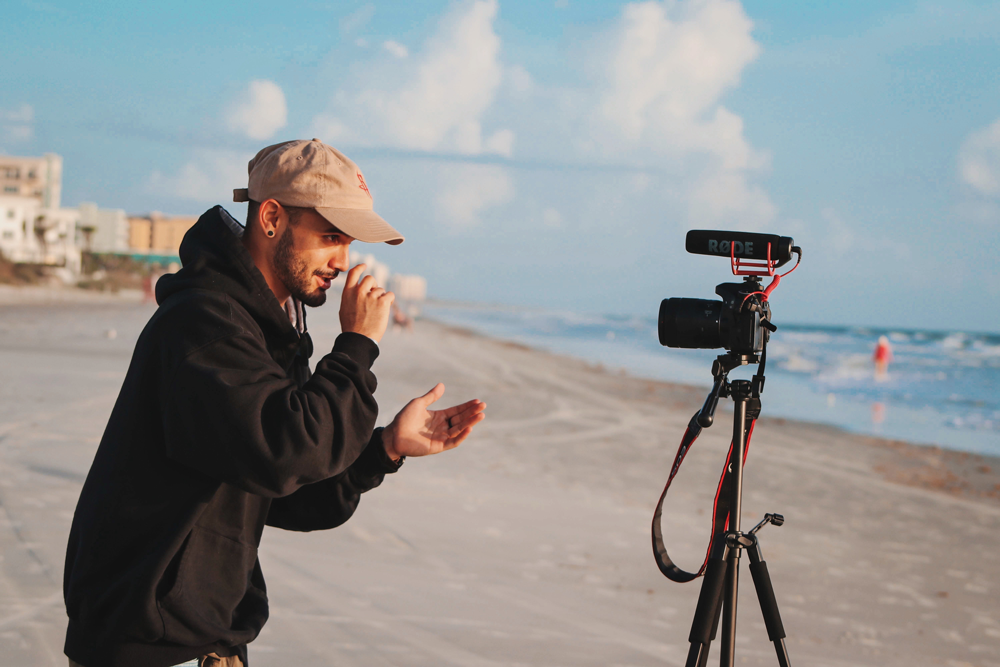Why Your Brand Needs Micro-influencers

Influencer marketing holds tremendous potential to drive visibility of brands. Today, brands have nearly unlimited choices of influencers with follower counts of all sizes. Many businesses today automatically assume that a bigger follower count will equate to greater reach and engagement to their target audience but this isn’t always the case.
If you’re new to the influencer marketing industry, there are three different types of influencers you should know about. Mega and macro-influencers, micro-influencers and nano-influencers. Mega and macro-influencers have large, abundant followings and are often celebrities or referred to as “celebrity influencers.” Nano-influencers have small followings and are often part of very specific, niche communities. Micro-influencers are a bit more of a grey area. They are influencers with a reasonable social media following who have developed a reputation for focusing on a particular topic, niche or content style. There’s a lot of debate around what constitutes a “reasonable following” but the range falls anywhere from 1,000 to 100,000 followers. But what typically makes these influencers have a bigger command on their audience than their mega-influencer and nano-influencer counterparts?

Substantial reach combined with high engagement
Mega and macro-influencers tend to have a celebrity-like image to their followers. Many of their followers will view their content simply because of their stardom and not because of their content style or shared interests. While these influencers have large followings, their engagement rates are often much lower than influencers with smaller audiences because their followers don’t share those niche passions and interests. For these reasons, mega and macro-influencers aren’t always the best choice for meeting your target campaign numbers. And despite nano-influencers having incredible engagement rates, most of them don’t have a big enough audience to drive success to campaigns. Micro-influencers are the sweet spot between these two options. Their following is high enough to have a substantial reach while remaining authentic, personalized and concentrated on very specific content for a very specific audience—upholding those high engagement rates. This is why micro-influencers have been proving themselves to be the best marketing option for brands as more of them begin stepping into the influencer marketing space.

Availability and affordability
Micro-influencers offer availability and affordability. Mega and macro-influencers are going to be in high demand and cost anywhere from a couple hundred thousand dollars to several millions of dollars for a singular promotional post. Most brands don’t have the budget to accommodate these demands. Micro-influencers tend to be much more affordable and are often willing to negotiate their pricing—especially if they’re a true fan of the brand. Additionally, unlike macro-influencers and nano-influencers, the pool of micro-influencers is especially large. You have what will feel like infinite options of influencers to choose from and build relationships with. This level of availability also means you will likely never have to compete with your competitors for influencers.
Multi-market reach
Because of the affordable and vast options of micro-influencers, brands can take advantage of choosing influencers with different content styles and market audiences that all identify with your brand. With the right team of micro-influencers, you can make the most of your budget while simultaneously knowing you can expect to reach multiple markets and have high engagement and conversion rates. You can have peace of mind knowing that your audience trusts their influencer to advocate for their interests—which just so happens to be what your brand offers!